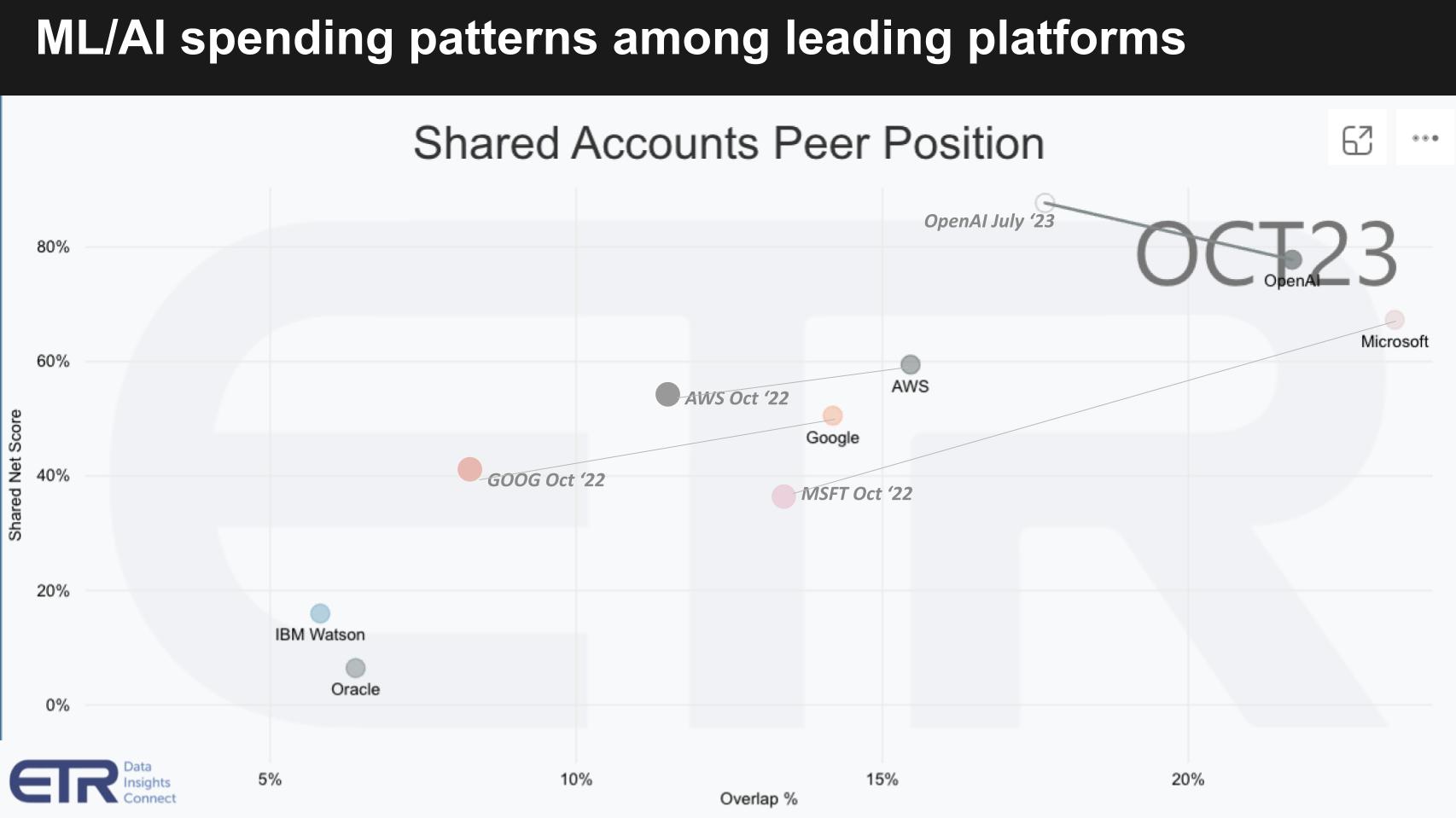### What is an Air Loan: Understanding the Concept and Its Implications in Finance
#### What is an Air Loan?An air loan, often referred to as a "phantom loan," is a financial term that describes a loan that appears on paper but does not ac……
#### What is an Air Loan?
An air loan, often referred to as a "phantom loan," is a financial term that describes a loan that appears on paper but does not actually exist in reality. In essence, it is a fictitious loan created for various purposes, such as inflating financial statements or misleading stakeholders about a company's financial health. Understanding what an air loan is crucial for investors, regulators, and anyone involved in financial transactions, as it can have serious implications for the integrity of financial reporting and the overall economy.
#### The Mechanics of Air Loans
To grasp what an air loan is, one must delve into the mechanics behind it. Typically, air loans are generated through fraudulent practices where a lender issues a loan without the intention of actually providing funds. This can occur in several ways:
1. **Fictitious Documentation:** Lenders may create fake loan documents that appear legitimate. These documents can be used to deceive auditors and investors.
2. **Inflated Assets:** Companies might use air loans to artificially inflate their asset base, making their financial position look more robust than it actually is.
3. **Misleading Financial Statements:** By including air loans in their balance sheets, companies can mislead stakeholders about their leverage and liquidity, resulting in a false sense of security.
#### Why Do Air Loans Exist?

Understanding why air loans exist is essential in recognizing their impact. They often arise from:
- **Desperation for Capital:** Companies facing cash flow issues may resort to creating air loans to appear financially stable to investors and creditors.
- **Regulatory Evasion:** Some entities may use air loans to circumvent regulatory scrutiny, making it harder for authorities to track actual financial performance.
- **Fraudulent Intent:** In some cases, individuals or organizations may create air loans with the explicit intent to defraud investors or lenders.
#### The Consequences of Air Loans
The implications of air loans can be severe, affecting not only the companies involved but also the broader financial system. Some potential consequences include:

1. **Loss of Investor Trust:** Once discovered, air loans can lead to a significant loss of trust among investors, potentially causing stock prices to plummet.
2. **Legal Repercussions:** Companies found to be involved in creating air loans may face legal actions, including fines, penalties, and even criminal charges against responsible individuals.
3. **Market Instability:** Widespread use of air loans can contribute to financial instability, as it distorts the true financial health of companies and can lead to misguided investment decisions.
#### How to Identify Air Loans
Detecting air loans requires a careful examination of financial statements and practices. Some red flags to look out for include:
- **Inconsistencies in Documentation:** Look for discrepancies between loan documents and actual cash flows.

- **Unusual Financial Ratios:** Analyze financial ratios that may indicate inflated asset values or misleading leverage levels.
- **Lack of Transparency:** Companies that are not forthcoming about their financial practices may be hiding air loans.
#### Conclusion
In conclusion, understanding what an air loan is and its implications is vital for anyone involved in finance. By recognizing the mechanics, motivations, and consequences of air loans, stakeholders can better protect themselves from potential fraud and maintain the integrity of financial markets. Awareness and vigilance are key in identifying and preventing the misuse of air loans, ensuring a more transparent and trustworthy financial environment.